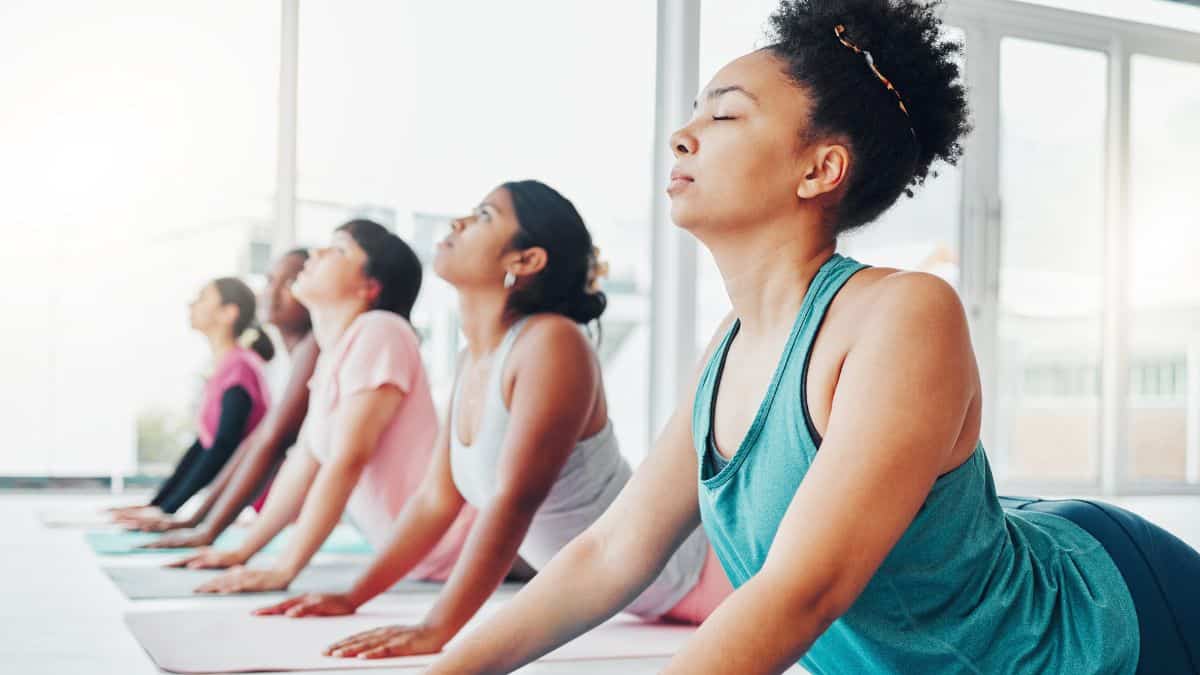Start Moving to Manage Stress: The Mental Health Benefits of Exercise

Want to manage your stress better? Start moving.
As we’ll discuss, the mental health benefits of exercise are clear. If you’re not moving your body, your mind won’t be reaping the rewards. So, what can you gain through physical exertion? Think combined brain and body boons like increased energy, an elevated mood, and even, less stress, minimized symptoms of depression, and reduced anxiety.
To learn more about how exercise can both support and enhance our mental health, consider completing studies in medicine, human biology, or healthcare – such as an online accelerated BSN program, for example.
Otherwise, stay with us as we outline the reasons why you should be getting your body in motion, and how doing this regularly can help you feel better mentally.
Meditation in Motion: The Stress-Relieving Effects of Exercise
Movement: it’s meditation in motion. But what does that mean, exactly?
Moving your body gets you out of your head. Instead of focusing on the stresses of the day, you’re concentrating on activating your muscles. Engaging in physical exercise can, then, almost be likened to having an out-of-body experience – a sensation we can only encounter when the mind is in a completely relaxed state. And a relaxed mind is, after all, the end goal for all of us – especially when life gets overwhelming.
Perhaps it comes as a surprise that a zen-like, meditative state can be achieved not only by lying completely still, supine, and in silence – as we might initially think – but also, by moving the body vigorously. But how does movement modify our mood?
Energies shift when we exercise, and our emotional state can be dramatically lifted by the chemicals that are released by physical activity. Think neurotransmitters like endorphins and dopamine, which are responsible for those elated feelings of euphoria we experience after a strenuous run, a rigorous dance-off, or a competitive, heated tennis match. Found in the brain, these chemicals not only increase the pleasure sensation, but they also block pain. Most importantly? These natural mood-boosters can even help regulate stress, suppress the sensations of negative emotions, and even, lessen the symptoms of anxiety and depression.
Just What the Doctor Prescribed: How Movement Can Replace Medication
Have you ever been prescribed anti-depressant medication to help counteract low moods?
Astoundingly, recent clinical studies have demonstrated that physical exercise can be as much as 1.5 times more effective than pharmaceuticals to cure the clinically depressed. It works for anxiety too, apparently, and the mood-boosting benefits don’t stop there. Stress-busting movement can help us feel calmer, more in control, and generally, happier.
But how does it do this? As mentioned earlier, physical activity releases chemicals such as endorphins and dopamine into our neural systems. This is essentially what anti-depressants and medications known as Selective Serotonin Reuptake Inhibitors (or SSRIs, for short), are meant to do. So, if we can get the same effect from doing exercise as we can from ingesting drugs, why wouldn’t we?
Yes, popping a pill is an admittedly less physically strenuous option. But the harsh truth? Anti-depressants, anxiety medications, and SSRIs are all known to have a raft of negative side effects. Not least, the excessive weight gain that has been linked to taking these types of drugs mainly due to the adverse effect they can have on our metabolisms. As a result, it’s no surprise that the common correlation between depression and high body weight exists. Worse weight gain can also have a long-term impact on an already depressed patient’s body image, as well as their sense of self-worth.
The good news? This can all be avoided through regular exercise instead.
Incorporating Activity: Simple Ways to Get Yourself Moving
Feeling motivated to start moving your body? That’s great news. Even better? It’s okay to start small. Don’t – by any means – feel like you need to start training for a half marathon. We’re not all athletes, after all. What matters here is that you’re getting your muscles in motion – anything that gets your blood pumping, fills your lungs with air, and breaks a sweat, will do.
For some of us, physical activity looks like a fun-filled, interactive dance class. For others, a muscle-activating reformer Pilates session does the trick. However we decide to move, though, we just need to make sure to get our heart rate up. The correlation between an elevated heart rate and an elevated mood has been found to positively impact our emotion-regulated brain networks – that is to say, the neurological systems our mind uses to regulate our feelings.
So, start small. Build up your strength, and take it day by day. You might find that the 10,000 steps method suits you best, and even better, that you can get these steps up through incidental exercise. Either way, a little movement each day is better than no movement at all. Above all, make sure to monitor your mental state. If you notice an improvement, the physical activity is working.




